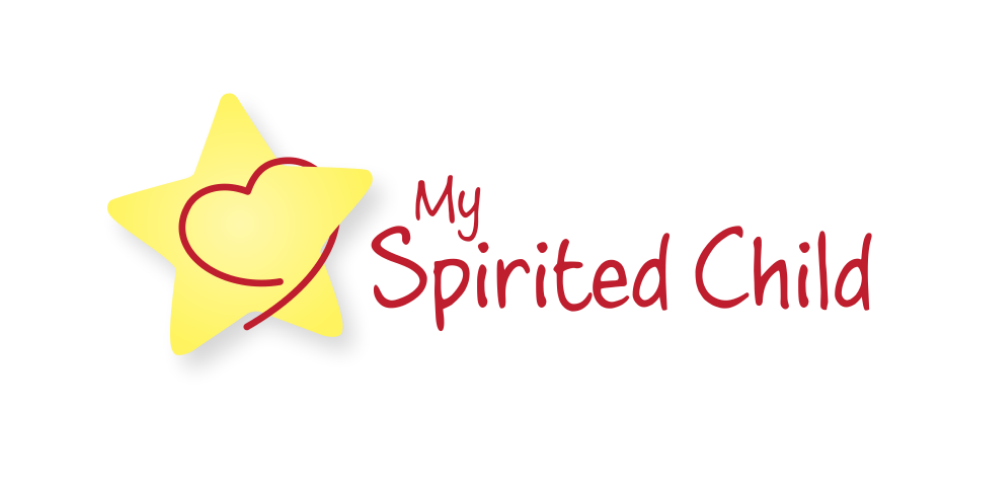Here’s what you should know about Dyspraxia symptoms!
These days, it is estimated that up to 10% of people around the world are suffering from Dyspraxia, many without knowing it.
So What Is Dyspraxia?
Dyspraxia is a common condition that affects both fine motor co-ordination and gross motor co-ordination. And can sometimes affect speech and language development too. Dyspraxia affects adults and children, and it is irrelevant of other intellectual ability. As Dyspraxia can affect people with very low IQ’s or very high ones.
Although the cause of Dyspraxia is not fully understood it is believed to be caused by a problem when messages are transmitted from the brain to the body.
The following are Dyspraxia symptoms that can be seen in some toddlers and babies:
- Difficulty in going up and down the stairs.
- They may show an unusual amount of agitation or anxiety.
- Difficulty in chewing foods. Toddlers and babies that might have Dyspraxia may take a lot longer to chew their foods compared to other toddlers of the same age.
- Being overly clumsy.
- Delayed language development. And they may be very hard to understand.
But please note that babies and toddlers develop at very different rates so although these things may give you an idea of what to look out for, you should also bare in mind that they may just be taking their time to develop certain capabilities.
The following are the Dyspraxia symptoms that might be present in children of school age:
- Difficulty in holding their pencils or any drawing materials. Plus, their drawing might look more immature or childish compared to the other art work of children of a similar age.
- Experiencing trouble in writing and solving simple mathematical equations. As well as difficulty in copying the things written on the board at school.
- Trouble in making friends with others and difficulty in knowing the right behavior in public places such as malls and parks.
- Struggling with self-care responsibilities like getting dressed by themselves and difficulty in doing their daily activities.
- Difficulty in following instructions even very simple ones.
- They may get angry and frustrated or upset with themselves without much reason.
- Having difficulty in listening to their teachers or even to their parents due to poor concentration skills.
- Trying to escape any physical education that is required at school and even trying not to perform any physical activities with their friends.
Dyspraxia symptoms in adults:
- Having difficulty organizing and planning things.
- Difficulty in learning to drive.
- Having difficulty in learning new things including skills at home and at work.
Dyspraxia is very under acknowledged, which is why it is estimated that so many people around the world have it and yet so few are actually diagnosed.
If more people become aware of the Dyspraxia symptoms then hopefully this will lead to more people getting diagnosed and consequently getting help and understanding where they may be struggling.
 For more information on Dyspraxia. Or for advice, strategies and tips to help with Dyspraxia check out Dyspraxia: The Hidden Handicap (Human Horizons S)
For more information on Dyspraxia. Or for advice, strategies and tips to help with Dyspraxia check out Dyspraxia: The Hidden Handicap (Human Horizons S) By Dr Amanda Kirby. It is a very highly respected book, and once you read it you can see why. It gives a fantastic understanding of Dyspraxia and is packed full of useful tips and strategies for parents of children with Dyspraxia. No matter what age the child or the level of severity. Click here for more information or to get your own copy.
Click here to read my previous article on Dyscalculia written by talented author Anne Vize.


